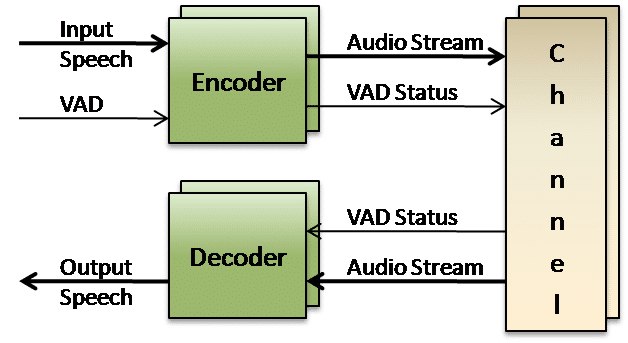

#Opus 5.1 codec decoder receiver full
For example should I use the Disney World of Wonder BD disk which is a test disk full of test sounds and test images. I cannot perceive any difference in quality between optical audio which is dvd quality and HDMI audio lpcm. * This is a question on perception of audio quality.
#Opus 5.1 codec decoder receiver movie
Again when I play the movie through the optical to a processor/amplifier, it is able to detect that it is Dolby digital. Is there the same principle of Dolby HD having a core stream ‘dvd’ quality and a high resolution stream. * Similarly, I played a BD movie with a Dolby HD track.

When the BD player plays the DTS-5.1 MA stream, through the optical (SPDIF) does the player just pick up the “core” 5.1 stream but discard the high resolution information. * Generally, when the BD player players DTS-5.1 MA, does the BD player pick up both the high ‘detailed’ information as well as the core ‘dvd’ quality information. I understand to output LPCM via HDMI, the BD player converts the (compressed) DTS-MA stream to an uncompressed LPCM stream in order for the LPCM decoder to decode the stream.Ī couple of questions please based on your article. I played the same movie whose player’s hdmi output went to an LPCM 7.1 decoder, like the Cypress CLUX-11SA or A3830A sold by Altronics (Australia). The processor automiatically decoded a dts stream. I have played a BD movie with 5.1 DTS-MA through both the optical output to a processor, a combined processor/amplifier. Here’s what the various bit rates for DTS technologies look like: This leaves more room for higher video quality, additional extras, and special features.ĭTS is also completely backward-compatible, but in a way that allows legacy AV receivers and other products to playback DTS-HD Master Audio files at up to 1.5 Mbps with up to 7.1 discrete channels at 96 kHz or 5.1 channels at 192 kHz. With respect to the Blu-ray format, DTS-HD Master Audio is becoming popular as it offers significant space-savings, allowing for multiple languages to be stored on a single Blu-ray movie disc. Since DTS-HD Master Audio is essentially bit-for-bit identical to the studio master, it can also be used as an archival format, but while taking up dramatically less storage volume when compared to uncompressed PCM audio tracks. The encoding process is also very quick, and can be done in a single pass-something that is very important in the area of content creation and mastering. The decoder is then able to use both to recreate an audio stream that is bit-for-bit identical to the original (i.e. Technically speaking, DTS-HD Master Audio carries within its file, two data streams: the original DTS “core” stream and another stream that contains the “residual” data that is made up of what’s left from the original signal and the lossy compressed stream.

It turns out the format was an impressive jump over prior iterations of DTS and was light-years ahead in how it could communicate and transmit the required 7.1 sound for Blu-ray.ĭTS (the company) set out to make DTS-HD Master Audio the audible equivalent of listening to the master recordings. DTS-HD Master Audio is a “lossless” audio format-using a variable bit-rate technology to deliver high-quality audio while keeping file sizes small and conserving bandwidth. DTS-HD Master Audio (formerly known as DTS++) became the new defacto-standard for the premium level of on-disc HD audio. When Blu-ray hit the scene and snuffed out (outspent, really) HD-DVD in the mini format war, a new audio CODEC was needed to handle the many ways in which audio would need to be delivered in the high-definition era.


 0 kommentar(er)
0 kommentar(er)
